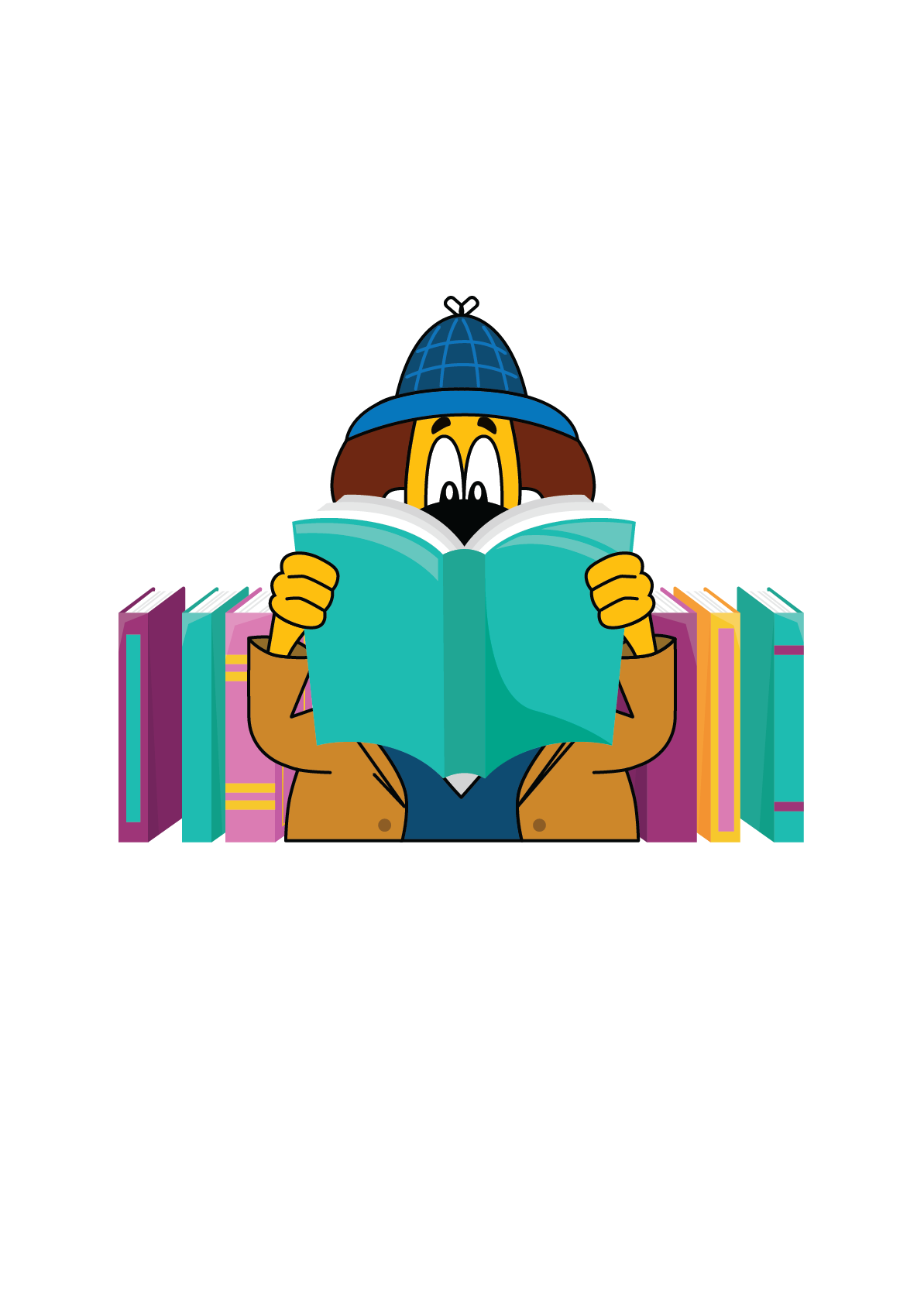
The Power of Picture Books and STEM
In today’s elementary classroom, fostering a love of learning is essential. One of the best ways to ignite that spark is by combining two powerful teaching tools: picture books and STEM activities. By integrating storytelling with science, technology, engineering, and math, educators can make complex concepts accessible, engaging, and meaningful for young learners.
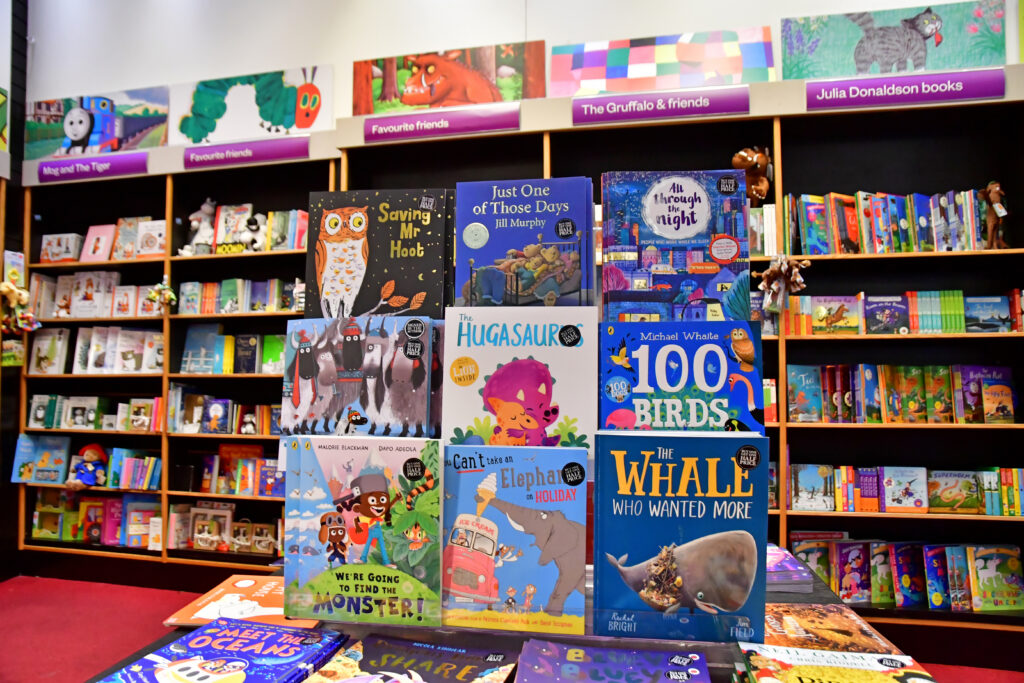
Why Picture Books?
Picture books are a gateway to creativity and understanding for elementary students. Their vivid illustrations and concise narratives help explain abstract concepts in a relatable and digestible way. Picture books provide an excellent entry point into STEM topics by framing problems and ideas within a story that students can connect with emotionally.
By pairing picture books with STEM activities, you can:
- Hook students’ attention with relatable stories.
- Introduce STEM concepts in a fun, engaging, and non-intimidating way.
- Encourage creativity and critical thinking by turning stories into hands-on challenges.
- Foster teamwork and communication through collaborative problem-solving activities.
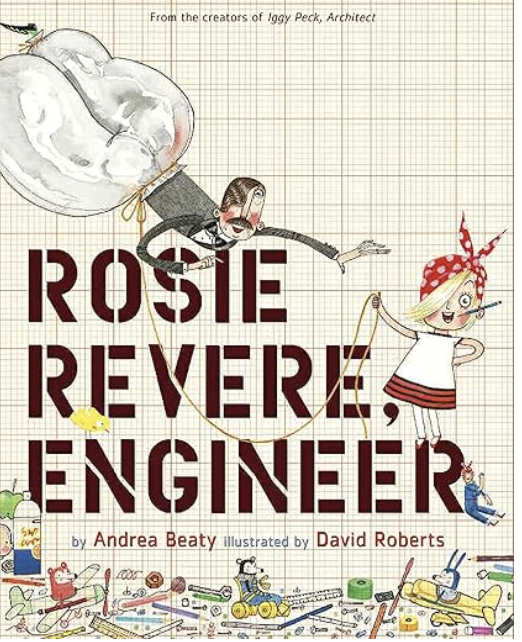
For example, books like Rosie Revere, Engineer by Andrea Beaty introduce engineering in a playful, inspiring manner, encouraging students to think critically and embrace failure as a step toward success.

Ada Twist, Scientist, also by Andrea Beaty, is another great example of how stories can emphasize the importance of curiosity and asking questions—key STEM skills.
Connecting STEM and Picture Books
Once a STEM topic is introduced through a story, the hands-on application cements understanding. Picture books set the stage for project-based learning, where students can take inspiration from characters and scenarios to solve real-world problems.
Here’s how picture books and STEM activities can be paired to enhance learning:
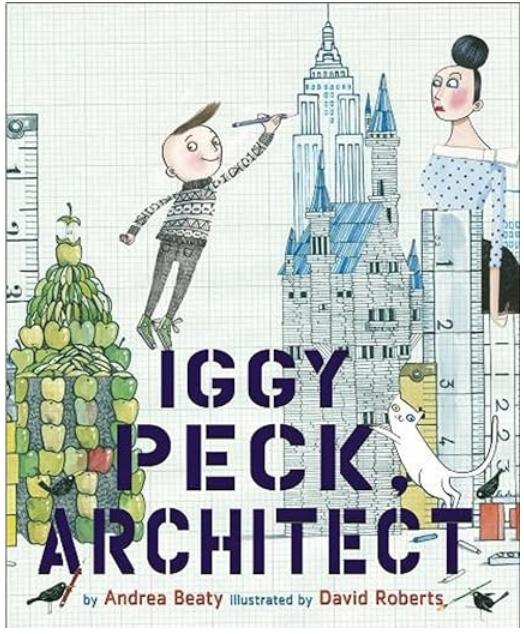
Iggy Peck, Architect by Andrea Beaty.
This story follows Iggy, a young boy with a passion for architecture. He builds all kinds of structures using everyday materials. This book is a perfect way to introduce concepts like shapes, structures, and balance. We also like this book for a discussion of teamwork.
After reading Iggy Peck, Architect challenge students to design and build their own structures using simple materials like popsicle sticks, straws, and tape.
Download our free teamwork lesson to focus on the collaboration that Iggy Peck inspires.

Free download for Iggy Peck Teamwork Challenge

The Most Magnificent Thing by Ashley Spires.
A young girl sets out to create the most magnificent thing but runs into difficulties. This story is about embracing mistakes and trying again—a key lesson in engineering and invention.
After reading The Most Magnificent Thing students can design their own “magnificent thing” using recycled materials. This leads to discussions on engineering design processes and the importance of perseverance in inventing and creating.
Like the protagonist who builds the “most magnificent thing,” students can be tasked with inventing their own "magnificent thing" from a box of random materials (pipe cleaners, cardboard, rubber bands, etc.). Encourage them to follow the engineering design process—brainstorm, plan, create, test, and improve their design. This book helps students understand that failure is a part of success.

What Do You Do With an Idea? by Kobi Yamada.
A young boy has an idea that seems unusual at first, but as he nurtures it, the idea grows and changes the world. This book inspires young readers to trust in their creativity and think outside the box.
Great for discussions about innovation, imagination, and how STEM fields thrive on fresh ideas and new ways of thinking.
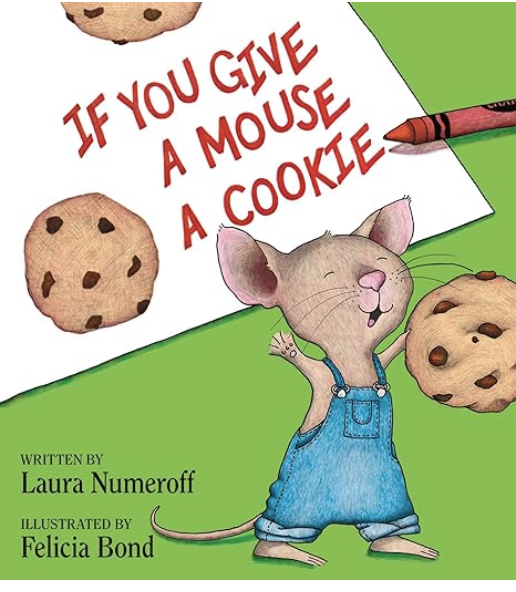
If You Give a Mouse a Cookie by Laura Numeroff.
This story is perfect for teaching the concept of cause and effect. After reading, challenge students to create their own cause-and-effect chain reactions using simple materials like dominoes, marbles, and ramps. They can set up a mini "Rube Goldberg" machine, where one action triggers another.

Papa’s Mechanical Fish by Candace Fleming
Based on the true story of inventor Lodner Phillips, this book tells the story of a man obsessed with building a mechanical fish—a submarine—that can explore the underwater world.
It is a wonderful tale of invention and engineering, showing how tinkering, experimentation, and family support can lead to innovative creations. The book can be used a jumping off point to introduce the idea of building water-related inventions.
Students design and build a small boat using limited materials that can float in water and hold as many pennies as possible without sinking. This challenge introduces students to the concepts of buoyancy, density, and displacement. They can experiment with different shapes and materials to find what floats and what sinks.
Ready to Try Some Ideas?
Our STEM & Stories series has a wide variety of other picture books with STEM activities. With twelve different picture books in addition to a discounted bundle the books and lessons can be used throughout the school year.

STEM & Stories All Year Bundle
Benefits of Combining Picture Books and STEM
Increased Engagement
Stories captivate students’ attention, making the learning process enjoyable. When students are excited about a story, they are more motivated to participate in the accompanying STEM activity. This makes it easier to transition into problem-solving mode.
Making Abstract Concepts Concrete
STEM subjects can sometimes feel abstract or distant from students' everyday experiences. Picture books bridge this gap by providing concrete, visual representations of concepts, helping students visualize ideas like engineering design, the scientific method, or complex math problems.
Encourages Critical Thinking
Picture books often present problems for characters to solve. By connecting these problems to STEM activities, students are encouraged to think critically, brainstorm solutions, and work through the engineering design process, making their learning experience more dynamic and interactive.
Building Empathy and Real-World Connections
Many picture books focus on themes like perseverance, empathy, and collaboration—values that are also crucial in STEM fields. These themes resonate with students and encourage them to work together and understand the importance of trial and error, whether they’re building a bridge or programming a robot.
Springboard for Cross-Curricular Learning
Another great aspect of using picture books with STEM is that it supports cross-curricular learning. While the focus is on STEM, students are simultaneously building literacy skills. They learn new vocabulary, practice reading comprehension, and improve their ability to summarize and analyze stories—all while engaging in scientific exploration.

Integrating picture books and STEM activities is a dynamic way to bring learning to life in elementary education. These engaging narratives, combined with hands-on problem-solving, empower students to see themselves as scientists, engineers, and inventors. By using storytelling as a launchpad, we can make STEM more accessible, foster a deeper understanding of important concepts, and inspire a generation of curious thinkers.
Picture books not only teach core STEM concepts but also foster critical thinking, creativity, and problem-solving skills. They make complex ideas relatable and engaging for elementary students, helping to spark curiosity and a love for STEM from an early age. Whether you’re a parent, teacher, or librarian, picture books are fantastic resources to introduce STEM in a fun, imaginative way.
Looking for more information for combining books and STEM? Our previous blog, Literature and STEM, has lots of great integration ideas!
We hope you Get Caught Engineering® with picture books and STEM!
Disclaimer: As an Amazon Associate we earn from qualifying purchases of books we recommend. This helps to support our website.



